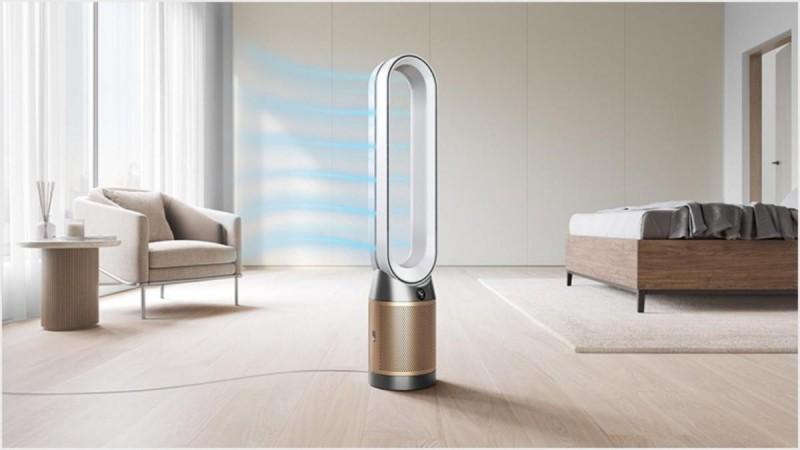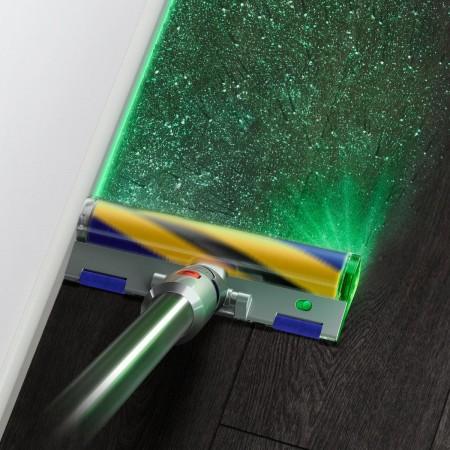For many people, festivals are the perfect time to get the house renovated or deep-cleaned. WIth Diwali just around the corner, many homes will undergo major renovations to get into the festive mood. But home renovations come with some real challenges, those lasting days after the renovations are completed.
Do not let these joyful renovations and home makeovers bring new furnishings and paint, all of which could add to the levels of the potentially hazardous pollutant formaldehyde and other volatile particles in the house. Most commonly, it is released through furniture and wooden products such as plywood and fibreboard, which may use formaldehyde-based industrial resins.
![Representational image Happy Diwali 2022: Important tips on maintaining cleaner air, cleaner home [details]](https://data1.ibtimes.co.in/en/full/776958/happy-diwali-2022-important-tips-maintaining-cleaner-air-cleaner-home-details.jpg?w=738&h=414&l=50&t=40)
The impact of formaldehyde, a colourless gas which finds its way into the home through a variety of sources, has been widely reported by the World Health Organisation and other research bodies, with some government institutions setting formaldehyde safety limitations and regulating its usage. Ken Armstrong, Air Purification Scientist at Dyson, shares his insights on the key pollutants that can occur during home renovation. More importantly, he reveals how to maintain a cleaner space this Diwali.
Choose furnishings and flooring carefully
Opt for hard-surfaced flooring instead of carpets. If purchasing a new carpet, choose one that releases fewer VOC emissions. Have the carpet installed while the space is unoccupied and keep the windows open wherever and whenever possible.
Choose low-formaldehyde products or buy second-hand furniture. These low-formaldehyde products release less formaldehyde over time, and if buying new furniture, buy solid wood pieces or fully sealed pressed wood (MDF) furniture. To minimise points of off-gassing and reduce emissions from pressed wood furniture or cabinets, purchase items with a plastic laminate or a coating on all sides.

Choose bedding and soft furnishings made with natural materials, like cotton and wool. Also, avoid treatments such as antibacterial additives and chemical flame-retardants.
Air it out
Open product packaging in an open area and allow new furnishings to "off-gas" before bringing them into your home. This is because consumer products that emit formaldehyde tend to release the highest concentrations when they are new. Make sure that new carpets are unrolled and aired out in a well-ventilated space before they're fitted in your home. Ventilation is key.
Invest in a purifier
Choose air purifiers wisely. The latest air purifiers feature new solid-state formaldehyde sensing technology to precisely detect the pollutant for the lifetime of the machine. They also include Selective Catalytic Oxidisation (SCO) filter, which destroys formaldehyde at a molecular level, breaking it down into tiny amounts of water and CO2. It then re-generates with oxygen from the air to destroy formaldehyde continuously.
Bust the dust
Deep clean your house regularly. Dust can and will collect in all areas of your home, not just your floors. It is important to deep clean all areas of your home regularly to ensure that you're removing all the dust from your home.

Vacuum from top to bottom and not the other way around. Dyson engineers recommend cleaning the highest spots in your homes and moving downwards. For instance, vacuum your ceiling fans before moving onto your sofa and finally your floors. This ensures that you're picking up any fallen airborne dust as you clean.
Choose the right vacuum. There is no one-size-fits-all when it comes to vacuums and different vacuums are designed for different floor types and home sizes. Choosing the right vacuum suited to your home and cleaning needs will make a big difference to the ease and speed with which you're able to clean your home.
Use the right tools: Vacuum cleaners come with an array of accessories to ensure you have the right tool to clean every part of your home. From dual cleaner, heads to vacuum both hard floors and carpets respectively, to the crevice tool to help you reach into the little nooks and crannies, and the Hair screw tool that picks up long hair and pet hair fast without tangling around the brush bar and can be attached directly to the vacuum body and used as a handheld vacuum; there's an accessory for every cleaning need.








